




 3
3




Children, Rabbits, Chickens, Bees
I certify this for 1 point
 3
3




You are welcome to check out my blog at http://www.theartisthomestead.com or my artwork at http://www.davidhuang.org
Mike Haasl approved this submission.
Two points. One for the actual work plus one for using good troubleshooting techniques & explaining the process so well. Good job!
Side note... when replacing fans like that I strongly recommend spending an extra dollar or two for fans with bearings. They are much more reliable & longer lasting. Not sure which those are, just throwing it out there for general FYI to help anyone who might be in a similar situation.
 2
2




He whai take kore noa anō te kupu mēnā mā nga mahi a te tangata ia e kōrero / His words are nothing if his works say otherwise
Mike Haasl approved this submission.
Note: Triangular screws, what a great idea  Good job!
Good job!
 2
2




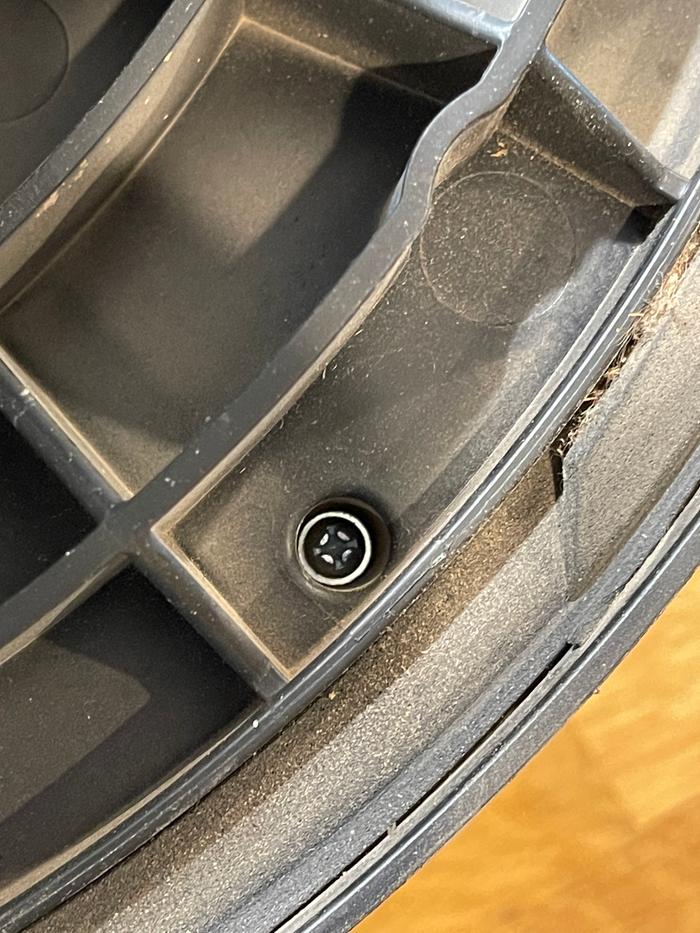
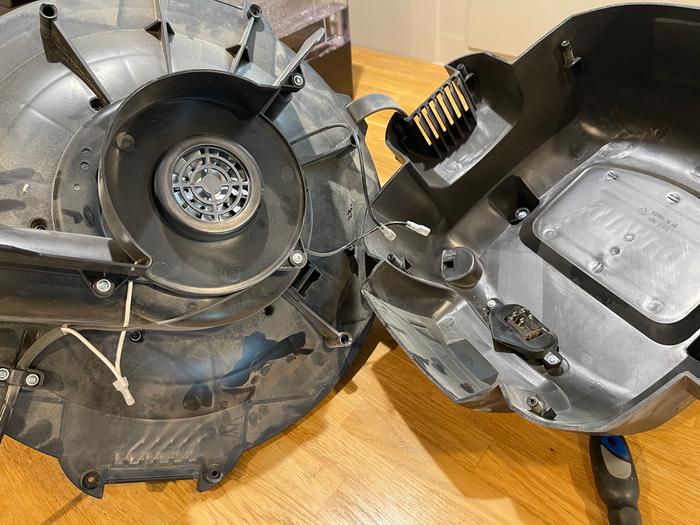
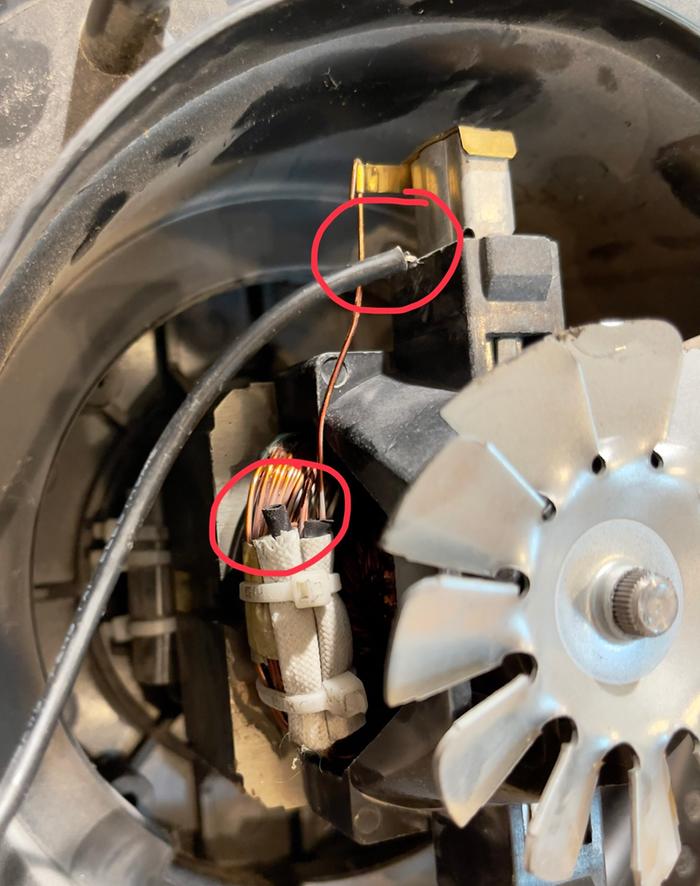
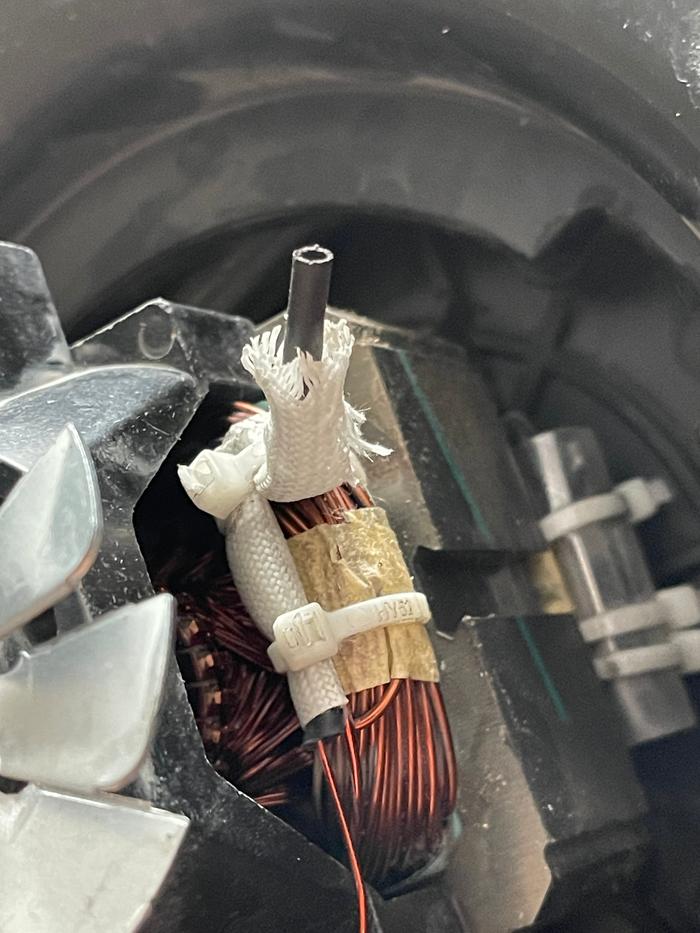
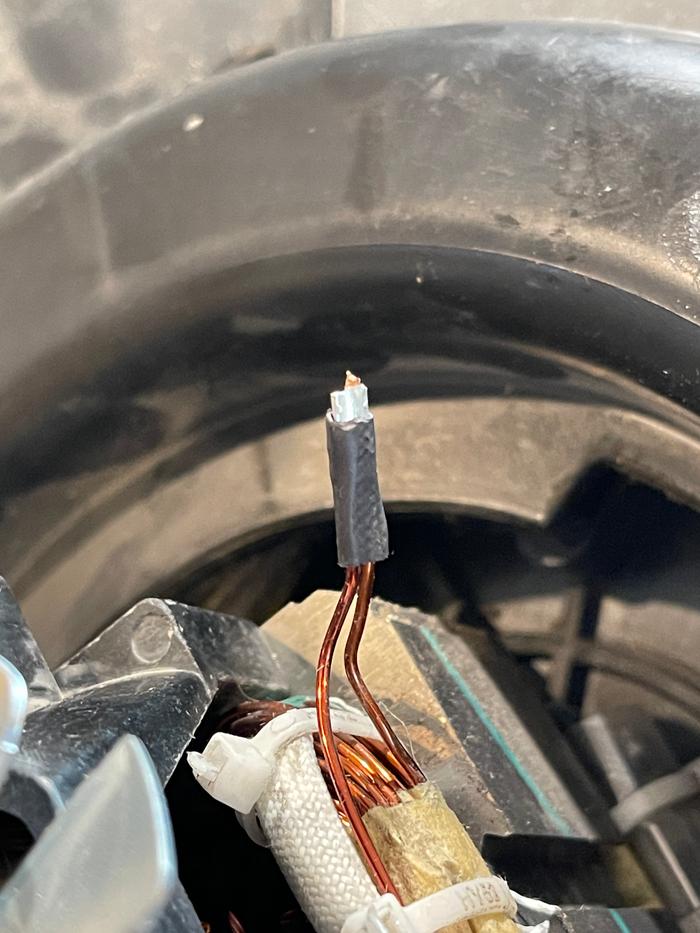
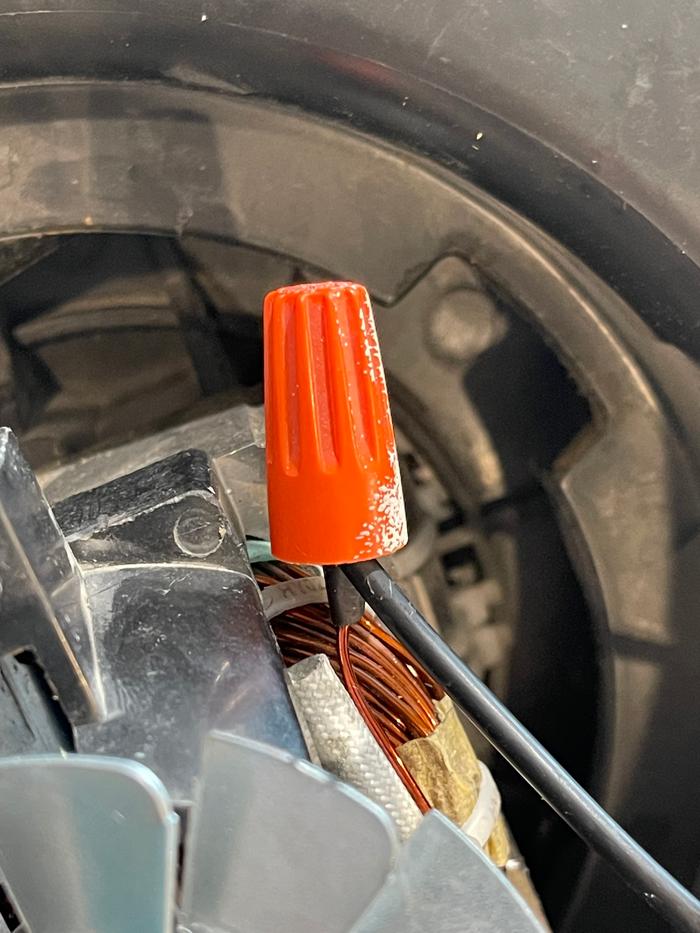
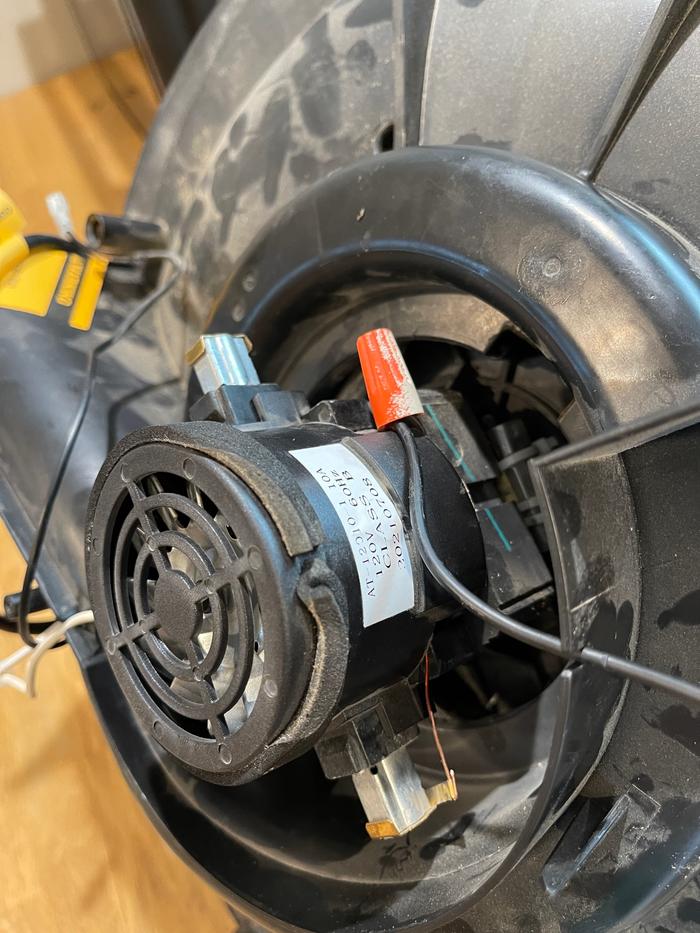
Cargo bikes are cool
David Huang approved this submission.
Note: I hearby certify this complete and worth 1 point.

 1
1










David Huang approved this submission.
Note: I certify this complete for 1/2 point. Nice that it ended up being an easy fix!












Children, Rabbits, Chickens, Bees

|
This tiny ad told me to tell you ... it's over
The new purple deck of permaculture playing cards
https://www.kickstarter.com/projects/paulwheaton/garden-cards
|








